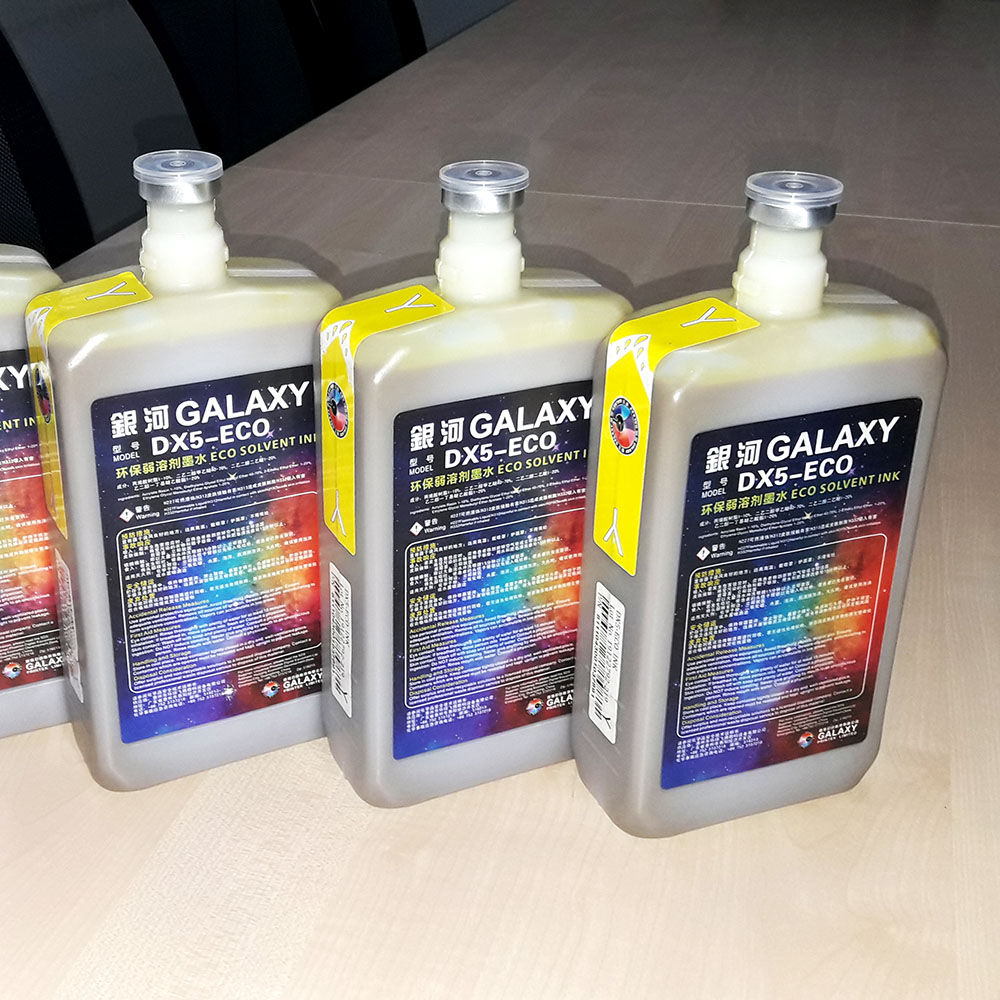
You are generally at lower risk if you are applying low solvent products with a brush / roller in a well-ventilated space. Use this information to assess the level of risk. General natural ventilation may not be sufficient for more hazardous tasks, so mechanical ventilation or extraction (LEV - local exhaust ventilation) may also be required. Lack of adequate ventilation can lead to the build-up of solvent in the air which may create a significant inhalation risk to workers and can be fatal.

Look at the packaging and safety data sheet. This may be additive or, in some cases, greater than the sum of the individual effects. Consider the overall effect if there is more than one solvent involved. Be aware that many solvents can produce a lot of vapour even at room temperature. The risk is also greater for solvents that are more toxic, and those that produce more vapour. What - which product are you using? What solvents are in it and how much? The higher the solvent content, the greater the risk.Who is using products containing solvents, particularly organic types? Is anyone else likely to be around who might be affected by the work you are doing? Consider whether it is possible to eliminate the use of solvent by using an alternative method or solvent-free product, such as water-based paint. Identify and assess: Identify tasks where potentially harmful solvent containing products will be used. Follow the Assess, Control and Review model. The Control of Substances Hazardous to Health (COSHH) Regulations say you must protect against the risks from hazardous solvents. If you are unsure what solvent your product contains you should check the product label or ask your supplier for a safety data sheet. These may include dermatitis and liver, kidney or neurological diseases. There can also be long-term effects on your health from repeated exposure to particular solvents. Some of these effects may also increase your risk of having an accident. Exposure to lower levels of solvents can lead to short-term effects including irritation of the eyes, lungs and skin, headaches, nausea, dizziness or light-headedness. High airborne concentrations of some solvents can cause unconsciousness and death. Ingestion - you can take solvents into your body on contaminated food, drink and cigarettes.ĭifferent solvents can affect your health in different ways.

Solvent base one way vision skin#
Repeated or prolonged skin contact with liquid solvents may cause burns or dermatitis.

Specific advice on DCM is also available What you should know
Solvent base one way vision how to#
This page tells you how to control these risks and why.

Certain tasks, such as spraying, can produce very high exposures. Potentially harmful solvents include dichloromethane (DCM), also known as methylene chloride, toluene, xylene, white spirit, acetone and ethyl acetate. Solvents, often known as VOCs (volatile organic compounds), are used to dissolve or dilute other substances and can be found in many construction products such as paints, paint strippers, thinners and glues. Falls and trips in construction 2007-2010Ĭonstruction hazardous substances: Solvents.Controlling physical ill health risks - Key points.Controlling physical ill health risks overview.Controlling hazardous substances - Key points.Controlling hazardous substances overview.


 0 kommentar(er)
0 kommentar(er)
